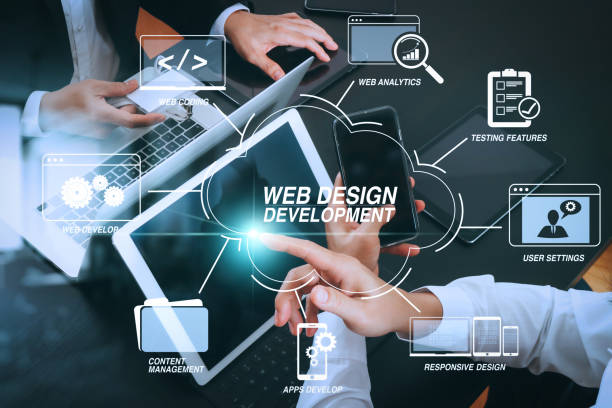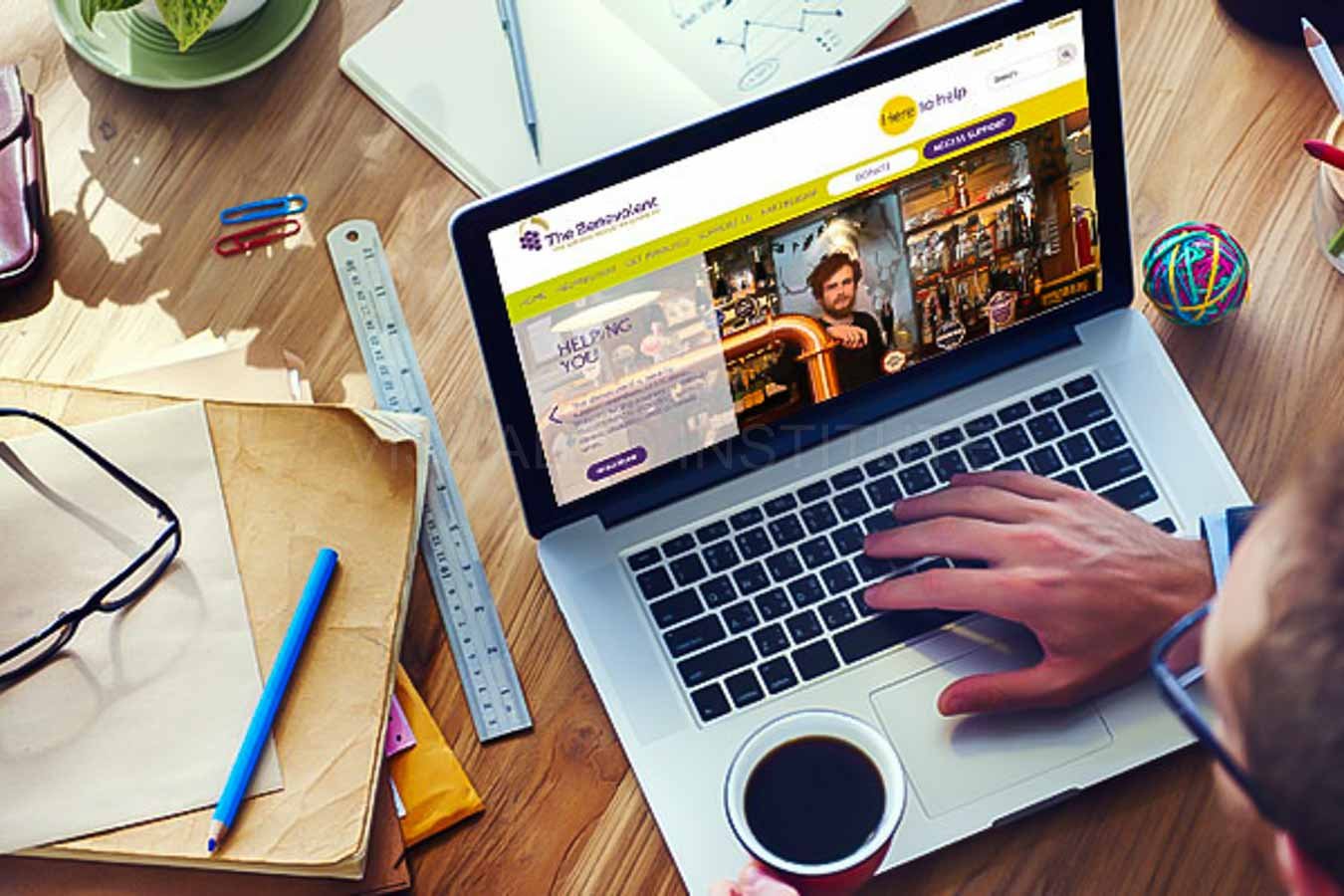Aligned Position Web Design: Transform Your Online Presence with Expert Web Design Services
Aligned Position Web Design: Transform Your Online Presence with Expert Web Design Services
Blog Article
The Very Best Kinds Of Web Design to Boost User Experience and Interaction
In the ever-evolving landscape of electronic interaction, the effectiveness of Web style dramatically impacts individual experience and involvement. Different layout methods, such as minimal, responsive, and interactive layouts, each offer special advantages that can cater to varied customer needs.
Minimal Web Design
As electronic landscapes come to be increasingly cluttered, minimal website design has actually arised as an effective strategy to enhancing user experience. This design ideology prioritizes simpleness, concentrating on vital elements while eliminating unnecessary interruptions. By utilizing enough white area, straightforward navigation, and a minimal shade combination, minimal style cultivates quality and routes user attention to vital content.
The core concept of minimalist website design is to create a seamless interaction for individuals. By reducing cognitive tons, individuals can swiftly understand information without feeling overwhelmed. This straight technique not only enhances use yet also urges engagement, as site visitors are much more likely to check out a website that is very easy and aesthetically enticing to browse.
In addition, minimal design typically emphasizes typography and images, utilizing these elements purposefully to communicate messages successfully. This emphasis on important components can boost brand identification and create an unforgettable customer experience. In essence, minimal website design is not just a trend; it is a thoughtful technique that recognizes the value of user-centered layout. By stripping away supplementary components, developers can produce a much more engaging, reliable, and enjoyable Web experience for all customers.
Receptive Website Design
In today's diverse electronic environment, responsive Web style has come to be essential for creating a smooth user experience across a wide variety of gadgets. As individuals gain access to web sites on smartphones, laptops, desktops, and tablets, the capacity of a web site to adjust its format and content to different display dimensions and resolutions is critical.
Receptive website design employs versatile grids, photos, and CSS media inquiries to make certain that Web content is offered efficiently, no matter the gadget used. This strategy not only improves the visual allure of an internet site however also significantly boosts functionality. Individuals are much more likely to engage with a website that offers a consistent experience, as it eliminates the frustration of having to zoom in or scroll exceedingly.
By taking on responsive layout, companies can improve their visibility and reach a more comprehensive target market. In recap, receptive Web design is an essential technique that boosts customer experience, interaction, and general satisfaction.
Interactive Website Design
Responsive Web design lays the foundation for enhancing customer experience, however interactive website design takes this an action better by involving individuals in a much more vibrant means - Aligned Position Web Design. By incorporating components such as animations, clickable prototypes, and real-time comments, interactive website design captivates individuals, attracting them right into a richer browsing experience
This strategy not only promotes involvement but additionally motivates individuals to check out content actively instead than passively eating it. Strategies such as gamification, where users make incentives for finishing tasks, can substantially improve the moment invested on a site and boost general contentment. Furthermore, interactive functions can streamline complicated details, making it extra digestible and delightful.

Integrating interactive layout elements can additionally lead to higher conversion prices, as users are most likely to engage with a site that actively involves them. Aligned Position Web Design. Inevitably, interactive Web layout transforms user experiences into remarkable journeys, guaranteeing that site visitors return time after time
Flat Style
Defined by its my blog minimalistic approach, flat style highlights simpleness and functionality, removing unnecessary aspects and concentrating on vital features. This style viewpoint focuses on functionality, making sure that users can browse user interfaces effortlessly and efficiency. By using a clean visual, level layout gets rid of the clutter typically located in more elaborate designs, consequently improving individual concentrate on content and capability.
The characteristic of flat layout lies in its usage of strong shades, easy typography, and geometric forms. These aspects add to an aesthetically enticing user interface that is both contemporary and approachable. Furthermore, level design fosters a sense of quality, allowing users to determine vital actions and information without diversion.
Additionally, level layout is particularly effective in responsive Web layout, as its simplicity converts well throughout different tools and screen dimensions. The absence of elaborate textures and slopes lessens packing times, which is important for preserving customer interaction. As electronic landscapes proceed to advance, flat style stays an appropriate choice for creating easy to use websites that improve general experience. By focusing on crucial features, flat layout not just fulfills individual demands yet also urges smooth interaction, making it an important element of efficient Click Here Web layout techniques.
Flexible Web Style
Adaptive website design customizes the customer experience by creating multiple repaired layouts customized to different display sizes and devices. Unlike responsive layout, which fluidly readjusts a single design, adaptive design uses distinct formats for particular breakpoints, making certain optimum presentation on various platforms. This strategy permits developers to concentrate on the unique features of each tool, improving usability by supplying exactly what customers require based on their context.
Among the main advantages of flexible website design is its capability to maximize tons times and performance. By offering tailored material and images that fit the customer's tool, sites can minimize data usage and boost loading speeds. This is particularly valuable for individuals with slower links or limited information plans.

Furthermore, adaptive layout assists in a more regular and regulated branding experience. Because developers produce numerous designs, they can guarantee that the aesthetic components straighten with the brand's identification throughout different systems - Aligned Position Web Design. This leads to a cohesive individual experience, enhancing involvement and advertising user retention
Verdict
Minimalist layout cultivates quality and emphasis, while responsive layout makes certain versatility across various tools, advertising access. Collectively, these design approaches add to the development of easy to use environments that not just enhance fulfillment however also drive greater conversion prices, underscoring their critical relevance in contemporary Web layout approaches.

Minimal layout fosters clarity and focus, while responsive design guarantees versatility across different gadgets, promoting availability. Jointly, these style approaches contribute to the development of user-friendly environments that article not only boost satisfaction but also drive greater conversion prices, highlighting their vital value in contemporary Web design approaches.
Report this page